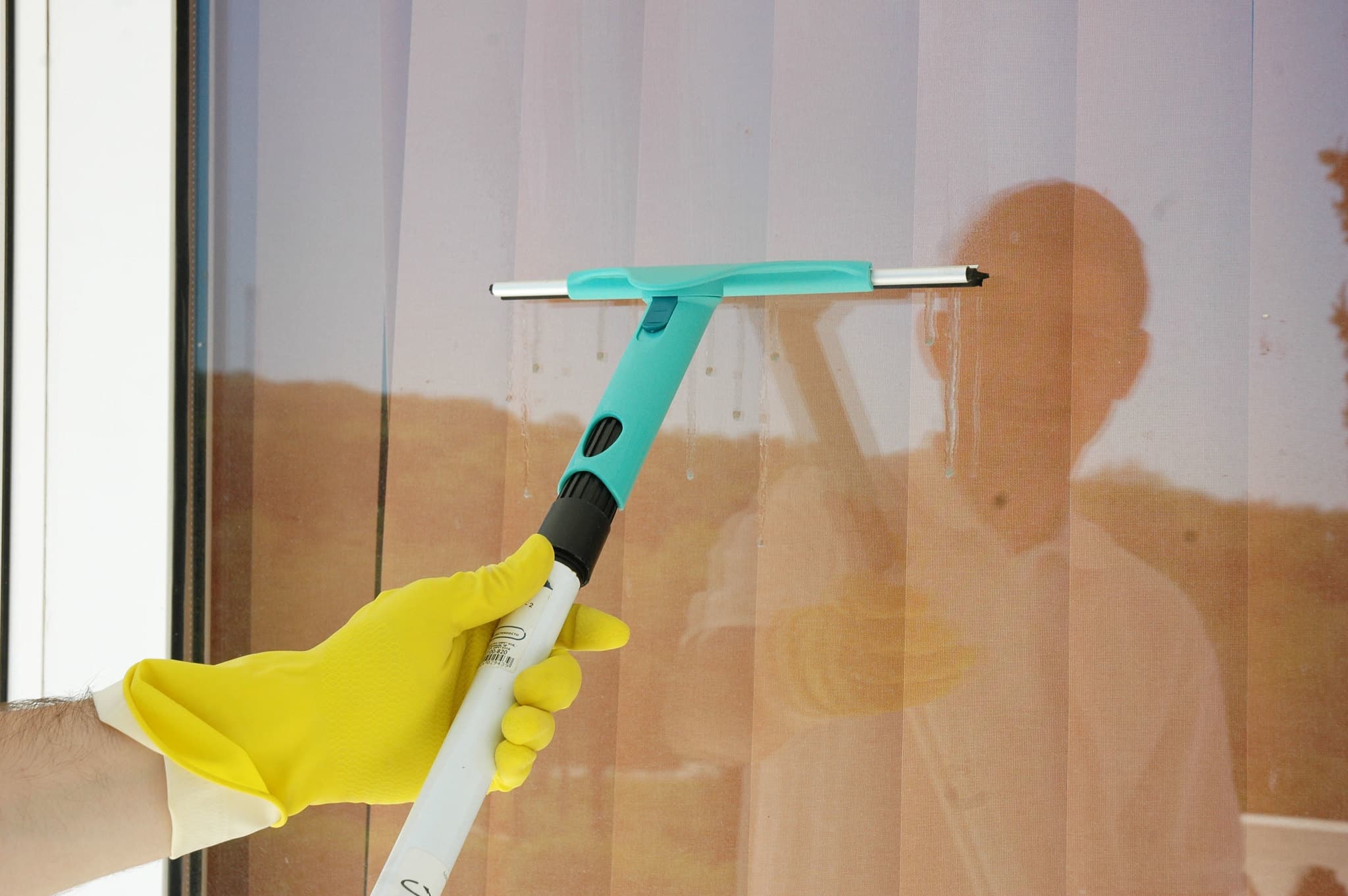
Researchers in China have developed a transparent glass that can remove dust particles in seconds using an electric field, offering a promising solution to the challenges of keeping surfaces clean in both everyday and extreme environments. The self-cleaning glass, which is easy to manufacture, demonstrated an impressive ability to clear away nearly 98 grams of dust per square meter (0.32 ounces per square foot) in just 10 seconds, with a cleaning efficiency of 97.5%.
The technology marks a significant advancement in sustainable surface maintenance. Unlike traditional methods that rely on water and detergents—often resource-heavy and hazardous in high-rise settings—this system operates without liquids or chemicals.
It could be applied to building windows, vehicle panels, and even solar arrays on Mars rovers, where dust accumulation poses a major threat to energy collection.
The findings, published in Advanced Science, suggest the glass effectively removed both organic and inorganic particles. It also maintained transparency and surface functionality during operation, allowing it to serve in light-sensitive applications such as photovoltaic panels or camera lenses.
Once the electric field is activated, it not only removes settled dust but also prevents new particles from sticking to the surface.
Dust build-up affects visibility and technology performance
Dust buildup, a result of natural and human activities, reduces visibility and interferes with technological performance.
Common sources include wind erosion, crushed rock, pollen, spores, and industrial work, such as construction or mining. Over time, these airborne particles can significantly lower the efficiency of solar panels and obstruct clear views through glass.
Chinese scientists from Zhejiang University have created a groundbreaking self-cleaning glass that uses alternating electric fields to remove up to 98% of dust and particles—without water, chemicals, or manual cleaning.#SelfCleaningGlass #ZhejiangUniversity #businessdor pic.twitter.com/k5aAh4VVvT
— Business d’Or (@BusinessdOr) August 5, 2025
Inspired by natural materials such as lotus leaves and cicada wings—surfaces that repel water to carry away dirt—scientists have long explored self-cleaning surfaces.
However, these designs typically depend on humidity or rainfall, limiting their use in dry or controlled environments. Electrostatic cleaning has shown promise in addressing this gap, but it often struggles with dust that clings tightly to surfaces.
The newly developed glass overcomes these challenges through a layered structure. Quartz glass serves as the base, topped with indium tin oxide (ITO) electrodes applied through laser etching.
A final layer of polyethylene glycol terephthalate (PET) acts as a dielectric insulator. When powered by a square wave signal at 5 kilovolts and 10 hertz, the structure generates forces strong enough to lift and repel particles.
Researchers study particle behavior to enhance surface design
Lead researchers explained that understanding how particles move and detach under electric fields is key to designing surfaces that clean themselves efficiently, especially in waterless or remote environments.
Using both lab experiments and theoretical models, they identified unusual particle behaviors, including sideways sliding and upward jumping, which occur when dust becomes charged and reacts to electric forces.
The study also examined competing forces in this interaction. Coulomb and dielectrophoretic forces help dislodge the particles, while van der Waals forces keep them stuck. By balancing these, the glass achieves both fast removal and a protective effect that resists future accumulation.
The self-cleaning glass introduces a low-maintenance, chemical-free option that could transform how we approach cleanliness in settings where manual or water-based cleaning is difficult or impossible.


